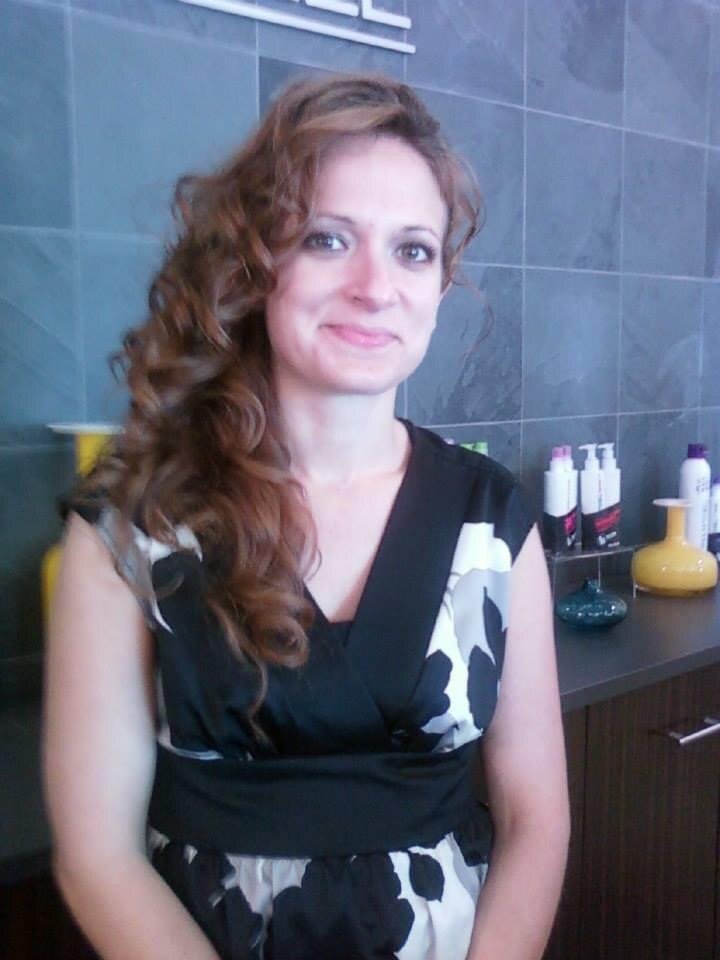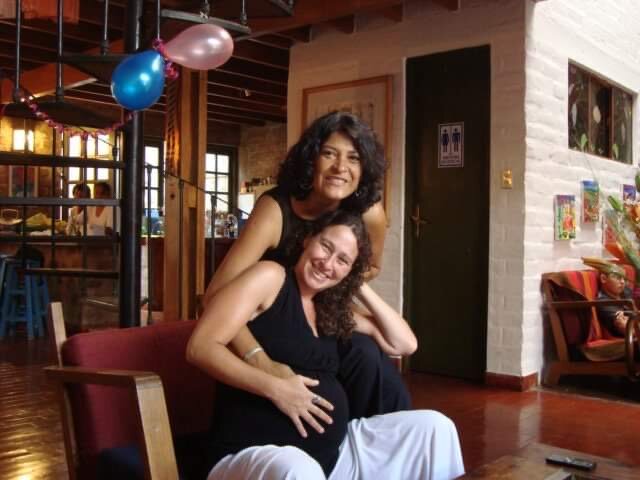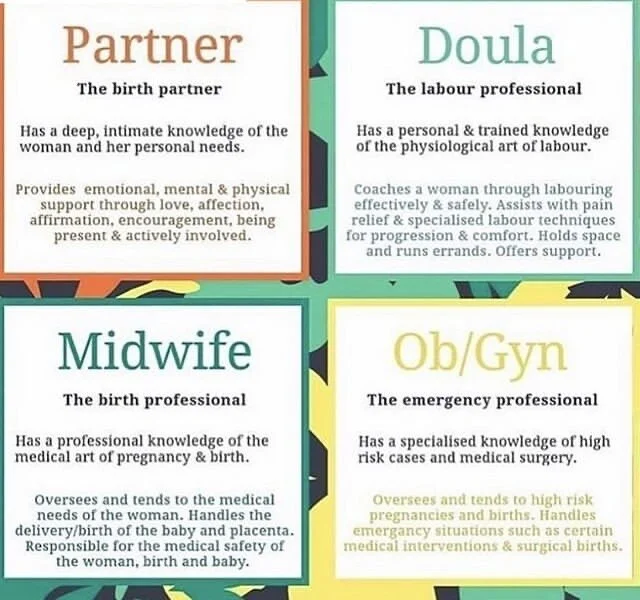On the day of deliver, Antonio Lévano, a well-regarded OB/GYN in Peru is in contact with his patients.
Many women ask him, “Antonio, how will I know when it is time to go to the hospital?”
He encourages them to spend as much time at home as possible. At home they are comfortable. They can eat, move, take a shower, etc.
“How do I know I am having contractions?” they ask.
He says, “You will know the difference. It will feel different than how you normally feel.”
He asks his patients to make a note of the time, every time they feel a contraction. When it is ten minutes in between the start and stop of contractions, they send him a message. He has an app for them to send all of the contractions and times, so that he can see the progression.
He prefers that they are at home until contractions are every 3 to 4 minutes and they feel a lot of pressure or pain in the pelvis. He emphasizes that it is not just the amount of time that is the indicator for him, if they are ready to go to the hospital to deliver. He wants to hear their voice to hear if they are out of breath or unable to talk as usual; this is a sign that it is time to go. If they can talk normally, it is not time yet.
Read More















